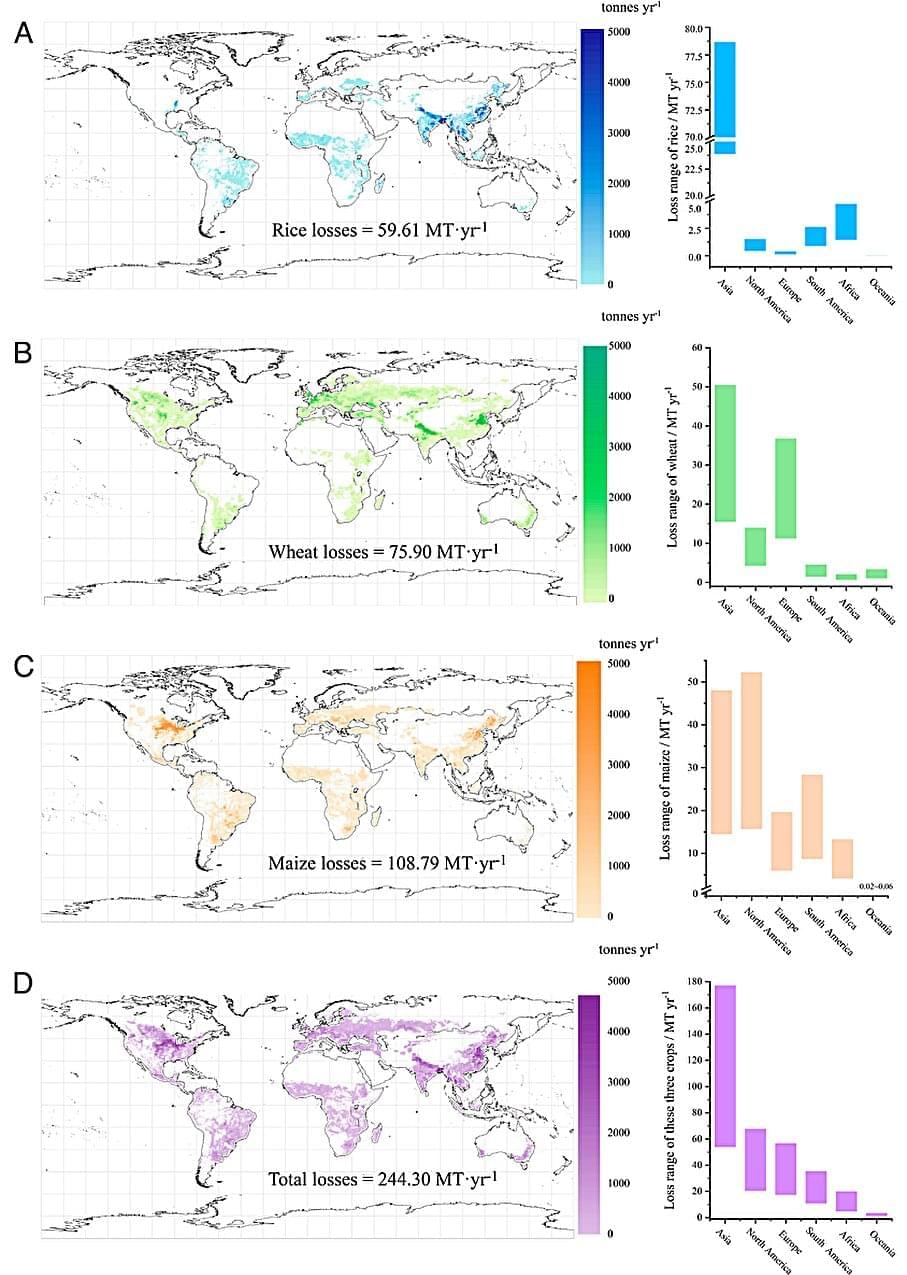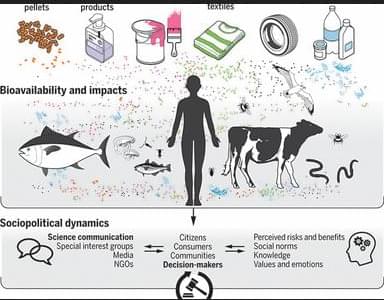Oxygen is essential for life and a reactive player in many chemical processes. Accordingly, methods that accurately measure oxygen are relevant for numerous industrial and medical applications: They analyze exhaust gases from combustion processes, enable the oxygen-free processing of food and medicines, monitor the oxygen content of the air we breathe or the oxygen saturation in blood.
Oxygen analysis is also playing an increasingly important role in environmental monitoring.
“However, such measurements usually require bulky, power-hungry, and expensive devices that are hardly suitable for mobile applications or continuous outdoor use,” says Máté Bezdek, Professor of Functional Coordination Chemistry at ETH Zurich. His group uses molecular design methods to find new sensors for environmental gases.









